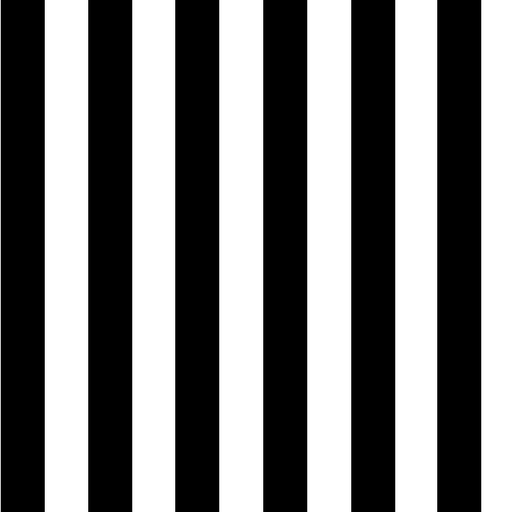Whether it is mobiles, gouaches or oils, Alexander Calder ’s work is marked by the dilemma of movement.
A former mechanical engineer who converted to art following a course in the Art Student League in New York where he studied painting from models and pictorial composition, Calder combined his great sense of observation and his inventiveness to create work that was both sophisticated by its composition and playful by its aspect…
- One minute with Calder | Watch the video
- Selection of works currently available | See the works
- Alexander Calder : abstraction in motion | Read more
One minute with Alexander Calder
Selection of works by Calder

Composition
1976
Gouache on paper
37,7 x 109,6 cm
Signée et datée en bas à droite
Dédicacée à Nicolas Guppy en bas au centre
SOLD
Price upon request. Contact us
Alexander Calder : abstraction in motion
A member of the Abstraction-Creation group founded in 1931 for the promotion of non-figurative art, Calder geometric figures are an expression of abstract compositions in movement – an extension of the Discs and Circular Shapes orphism, whereas his palette of primary colours is reminiscent of that of Mondrian.
In 1932, his animated sculptures will be called “mobiles” by Marcel Duchamp. On an idea of Jean Arp, he will name “stabiles” his static works
Between control and spontaneity, observation and imagination, seriousness and entertainment, Calder pictorial compositions are unlimited reservoirs of shapes and bright colours and are both simple and strong.
The result is joyful and warm, serene by the simplicity it inspires. Such aesthetics are meant to be a new language, a rupture with the European tradition and the mark of American modernity.
“There are three important archetypal artists: Picasso, Calder, and Le Corbusier”
Michel Ragon
